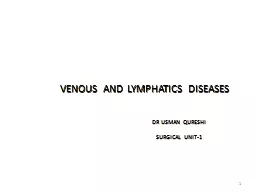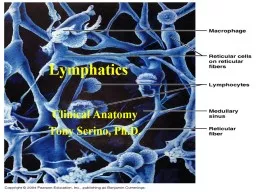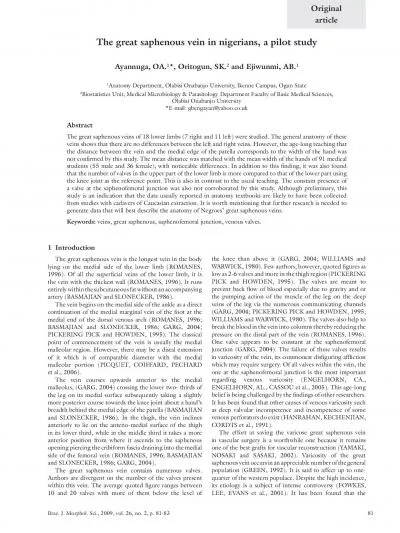PPT-Veins and lymphatics Normal vein physiology
Author : christina | Published Date : 2024-02-03
Veins and lymphatics Varicose Veins are abnormally dilated tortuous veins produced by prolonged increase in intraluminal pressure and loss of vessel wall support
Presentation Embed Code
Download Presentation
Download Presentation The PPT/PDF document "Veins and lymphatics Normal vein physio..." is the property of its rightful owner. Permission is granted to download and print the materials on this website for personal, non-commercial use only, and to display it on your personal computer provided you do not modify the materials and that you retain all copyright notices contained in the materials. By downloading content from our website, you accept the terms of this agreement.
Veins and lymphatics Normal vein physiology: Transcript
Download Rules Of Document
"Veins and lymphatics Normal vein physiology"The content belongs to its owner. You may download and print it for personal use, without modification, and keep all copyright notices. By downloading, you agree to these terms.
Related Documents














